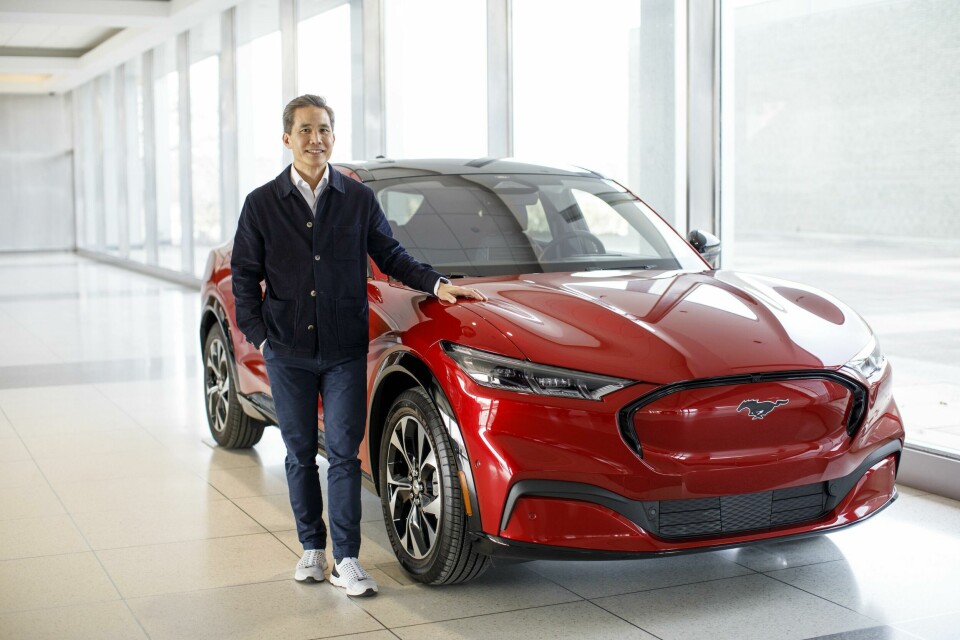
Interview: Ford’s global head of design Anthony Lo
Ford’s chief design officer Anthony Lo talks with North America correspondent Laura Burstein about the present and future of the brand
Laura Burstein: It’s been a year since you’ve taken the reins from Moray Callum as chief design officer at Ford. Previously you worked as vice president for exterior design at Renault and before that at General Motors Europe. What is it about Ford that you found compelling?
Anthony Lo: It’s been an exciting year leading the Ford design team and discovering the talents within our organisation of designers and engineers who have been working hard to deliver great products to our customers.
One thing at Ford that I find different is that it’s present in all major markets. With our studios in all these areas, we have the experts on the ground with a full understanding of trends and customer expectations feeding back to our hub in Detroit and making sure we can deliver products that are coherent, but catered very specifically to these markets. We have a great design team, and that is not something you build up overnight. If we are talking about trucks, for example, our designers know trucks better than anybody.
Also the fact that we are switching from the classical internal combustion engine platforms to electrification with a skateboard platform means this is a great time to be a designer in this very dynamic period. It’s really a once in a lifetime opportunity and that’s what attracted me to come to Ford.
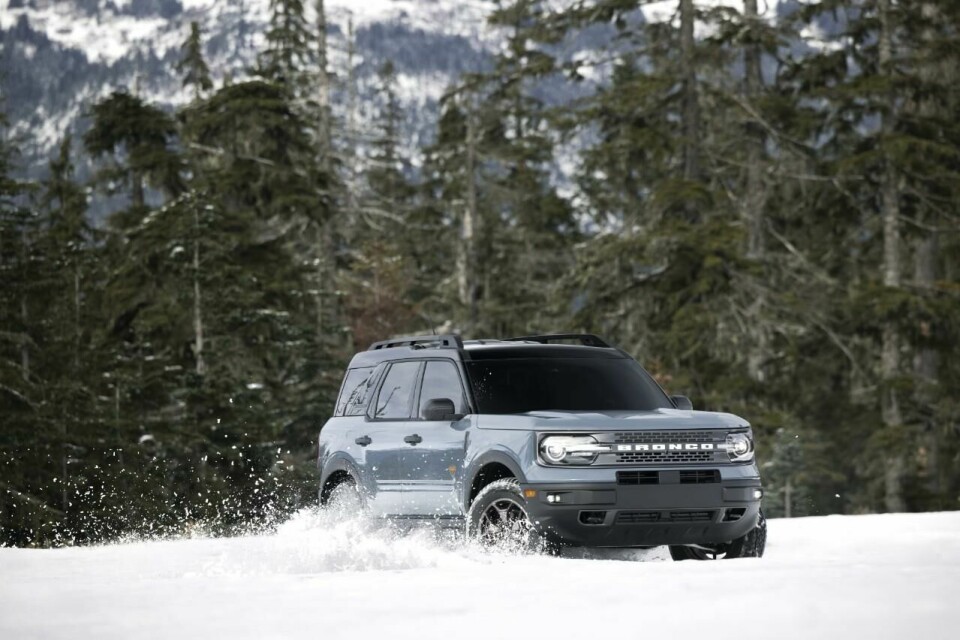
LB: How will this shift affect the design process at Ford?
The design process is definitely changing. I already started to experience that in my previous role, but now seeing how Ford works, the design team is able to give feedback earlier in terms of development of architecture, and this is key. Another big shift is that we are going to design future vehicles from an experience-led process. There’s physical and digital, and we need to think about both. So we work closely together, thinking about how experience design would impact interior layout.
For example, do we want to have a display in the middle of the vehicle, or behind the front seats for the second row passenger? And do you want the second row passenger to bring their own device? So all of this we need to think through because it will have an impact on architecture and the layout of the interior.
LB: So if you begin with the user experience which then informs the interior, what does that mean for exterior design?
AL: In the past exterior design would always take the lead and then we would go to the interior. And then maybe the interface. From an exterior point of view, I wouldn’t say the proportions won’t be as important, but perhaps the experience design would drive certain changes in proportions that you may not be used to. I think this is all about a process of discovery for us to see how vehicle design will evolve. But we are not going to make cars that are unattractive, because this is still very important and what would attract you into the showroom.
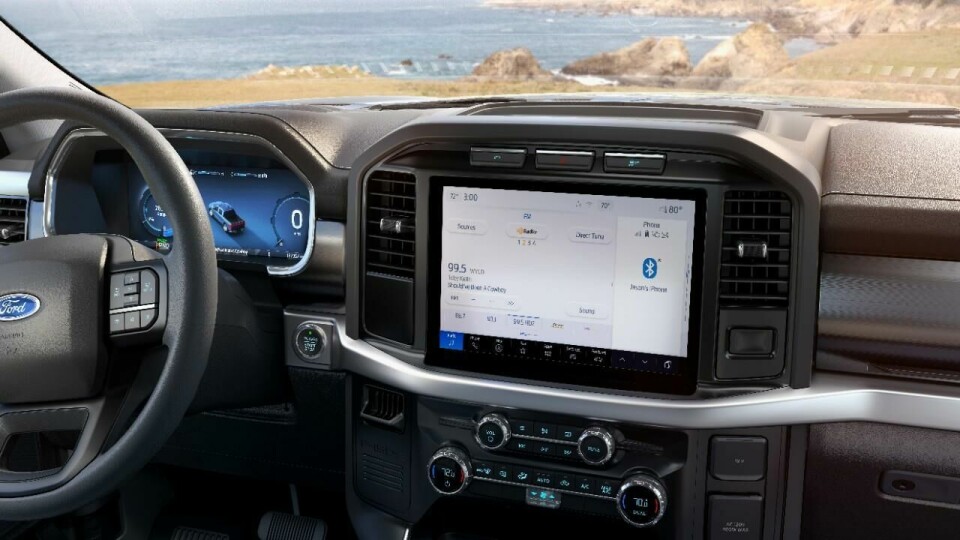
LB: Where does Ford fall on the spectrum of digital vs. traditional design methods, such as clay modelling?
AL: I don’t believe clay will go away in the near term, it is an important element. The ability to visualise your digital data is key in every studio; you need the best 5-axis milling machine on the plate or somewhere where you can make corrections. In the early phase I think you tend to focus more on the digital tools because you can do faster iterations. VR technology is so advanced now, you can collaborate more easily, especially for a company like Ford where we can work with studios on three continents in the same virtual space.
I just had a training on [3D design platform] Gravity Sketch, where you can draw lines directly on the model and make comments. We had people joining from California while we were here in Detroit wearing our goggles, so it was quite an experience and maybe after 20 minutes I was feeling comfortable with the controls. More digital tools will empower us and make our process easier.
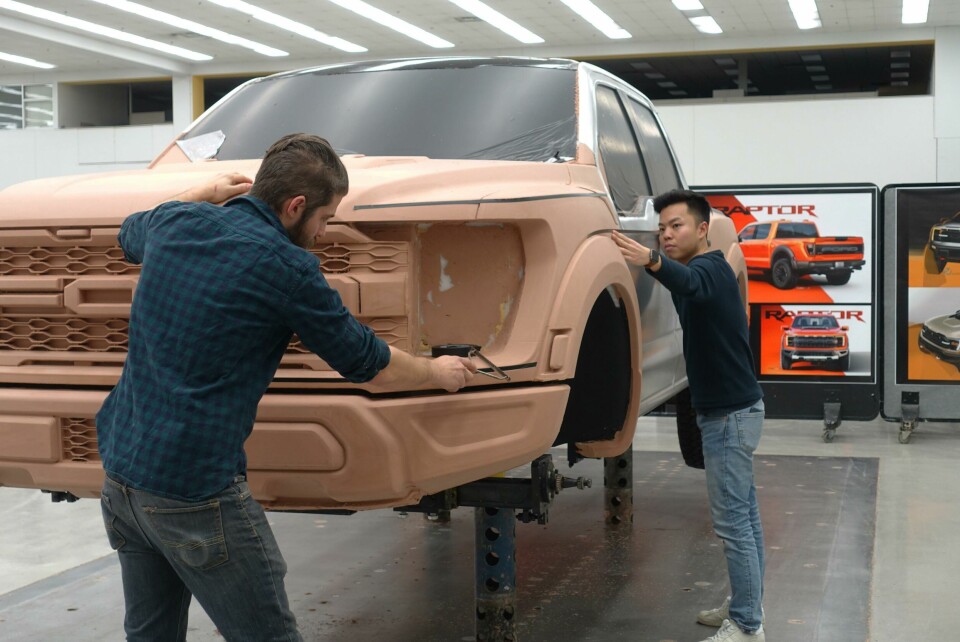
LB: How will all these changes affect the finished product?
AL: For many years you were simply replacing an existing vehicle with a new one which is better, bigger, and with nicer materials. But this notion of design has completely changed. Now we ask if we want to continue this path, or do we want to reinvent the vehicle based on this experience design? Do we want to have a car that looks similar in proportions to the previous generation? So those are the things that are keeping some of us awake at night. This isn’t just the car industry, though, I think you see this in product design and electronics. Now is a great moment to rethink what we should be building.
Also, with our digital platform, customers will basically have a mobile supercomputer, and you can do a lot with that. Post-purchase updates and creating personalised interiors and all the experiences you can keep adding and improving is really a big opportunity. It will change how vehicles will evolve even over a product’s own lifetime. It’s a challenge to see how we can create more unique services that are different, and for that we’re going to tap into our own history as well.
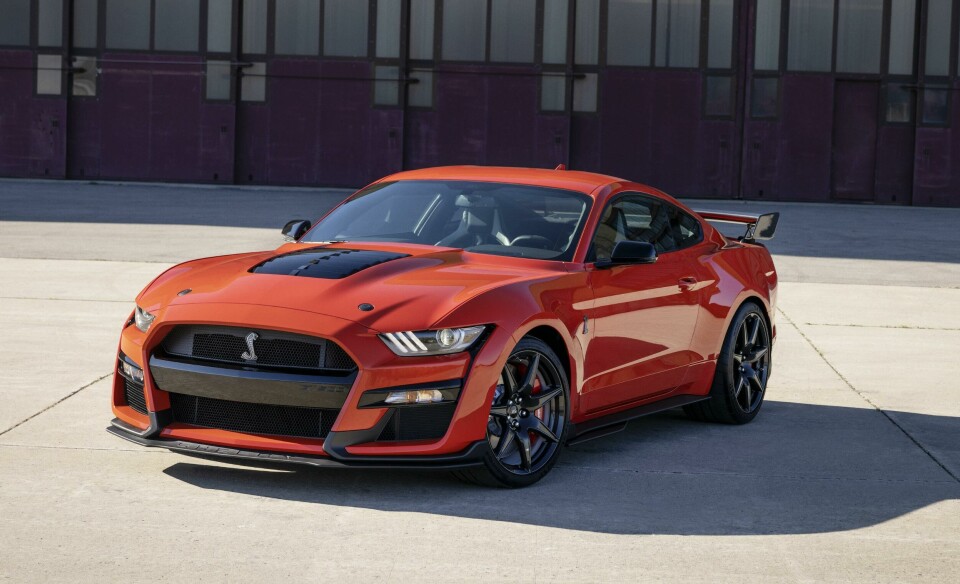
What’s different with vehicle design compared to other industries is that it’s really an emotional decision in the end what you buy or don’t buy, and I think with Ford we have so many iconic nameplates we can tap into — like Bronco, Mustang, F-150 — and I think this adds an advantage over others.
LB: Lincoln is a luxury brand with a very different customer compared with the other Ford nameplates. Some large companies, including one of your former employers, share designers across brands. A CMF designer, for example, may work on everything from a volume A-segment car to a D-segment luxury flagship. What are your thoughts on this? Should a design team for a luxury brand always stay separate?
AL: We have a dedicated team for Lincoln design, and this won’t change. We created our “Quiet Flight” strategy and it is working very well. The vehicles are beautifully made in terms of materials and execution. I was always impressed by how [Lincoln] interior executions can achieve such a level, even though we are operating globally as one big company. So I think it is effective to have a team that knows the luxury industry and knows what our customers would expect and apply that knowledge to Lincoln vehicles.
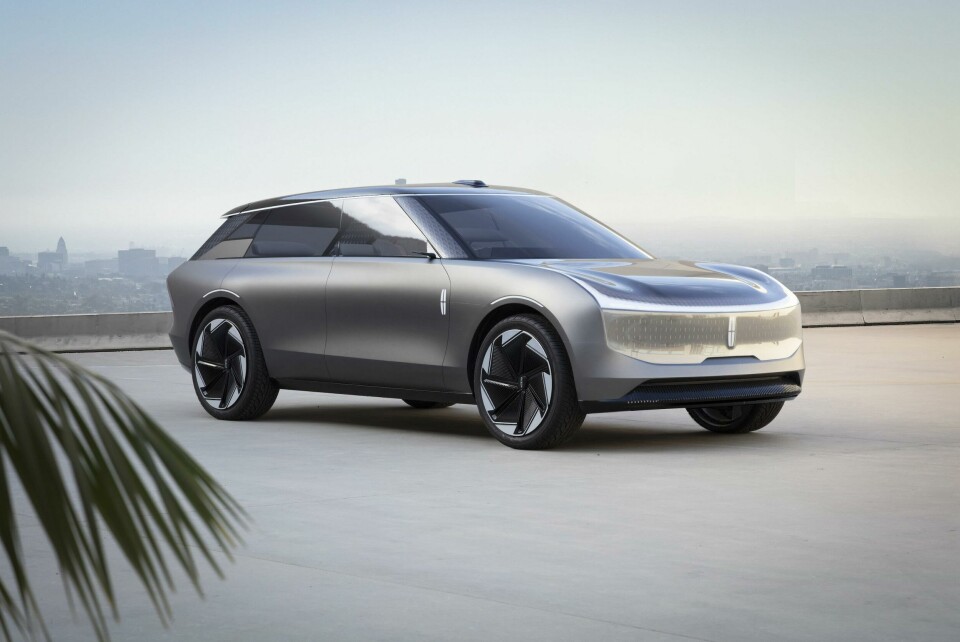
LB: Any hints on what we can see from Ford and Lincoln in the near future?
AL: I’ve been working very hard with my team over the past 12 months on creating a strategy. And to visualise this we will create a series of concepts that you will see over the course of the next months. We started with the Lincoln Star concept because it was a good opportunity with Lincoln celebrating its 100th anniversary this year, to signify where Lincoln should be going in the future.
LB: What advice do you have for young designers coming up in this changing landscape?
AL: My advice would be to also look into the experience design part, digital or physical. That’s another area that we are expanding — every industry, not just not just the car industry. You want an experience that’s unique to your brand. I think it would be beneficial for us as a company to have this blend of designers of various disciplines all together. I think together we can create even better things.



